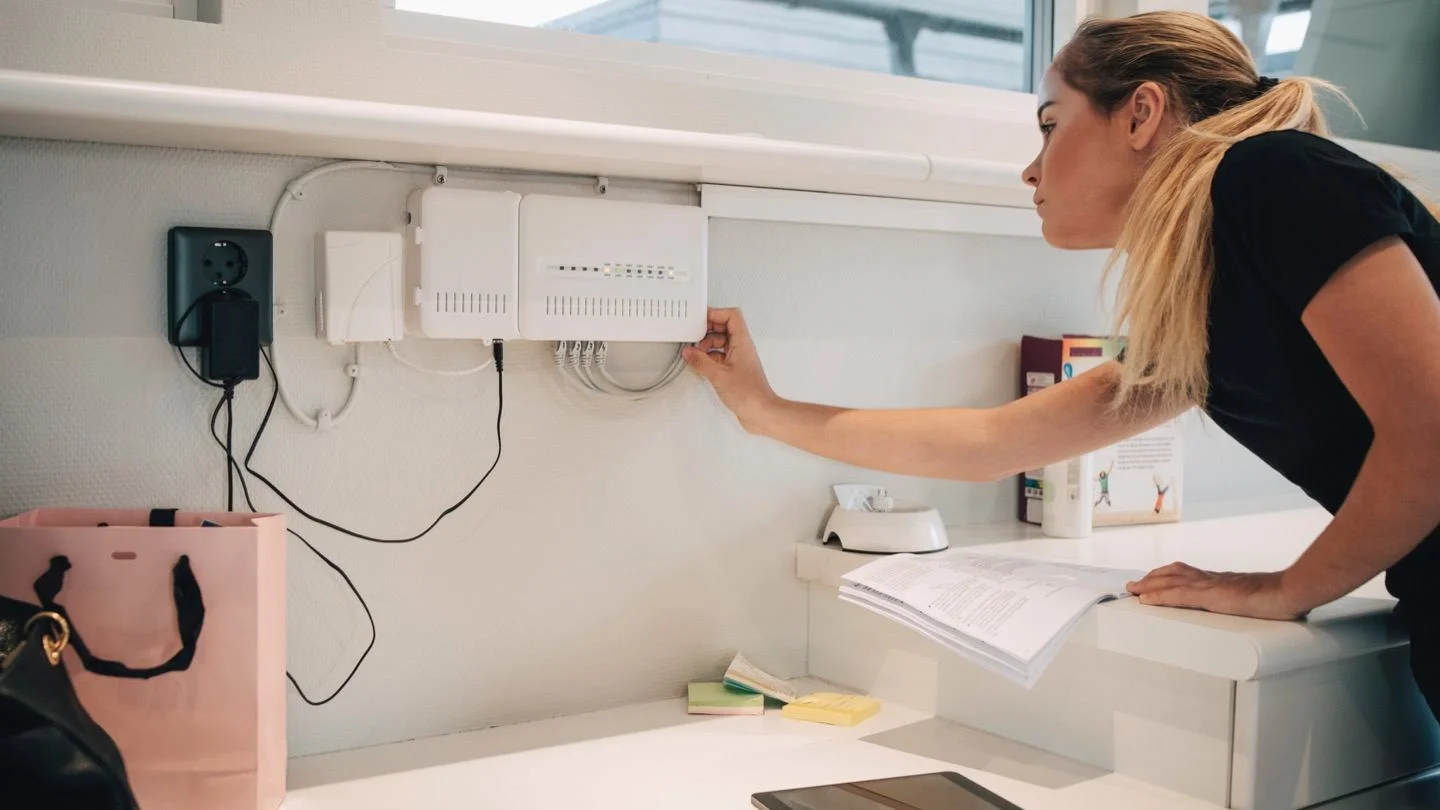In today’s digital age, Wi-Fi connectivity is a fundamental need, whether at home, in the office, or in public spaces. However, Wi-Fi networks can sometimes suffer from slow speeds, weak signals, or intermittent connectivity. Optimizing your Wi-Fi network is essential to ensure fast, reliable, and seamless connectivity. This article will guide you through the key steps to optimize your Wi-Fi network for the best possible performance.
1. Choose the Right Wi-Fi Router
The Wi-Fi router is the heart of your network, and choosing the right one is crucial for optimal performance.
- Best Practice: Invest in a dual-band or tri-band router that supports the latest Wi-Fi standards, such as Wi-Fi 6 (802.11ax). These routers offer better speed, coverage, and the ability to handle multiple devices simultaneously.
2. Optimizing Your Wi-Fi Router Placement
The placement of your router significantly affects the coverage and strength of your Wi-Fi signal.
- Best Practice: Place your router in a central location, elevated off the ground, and away from walls, metal objects, and electronic devices that can interfere with the signal. Avoid placing it in a corner or near large obstructions.
3. Key Steps in Wi-Fi Network Optimization
Wi-Fi routers operate on specific channels, and if multiple networks use the same channel, interference can occur, leading to slower speeds.
- Best Practice: Use a Wi-Fi analyzer tool to identify the least crowded channel in your area and configure your router to operate on that channel. For 2.4 GHz networks, channels 1, 6, and 11 are usually the best options.
4. Enable Quality of Service (QoS)
Quality of Service (QoS) is a feature that prioritizes certain types of traffic, such as video streaming or online gaming, to ensure smooth performance.
- Best Practice: Enable QoS on your router and configure it to prioritize bandwidth for critical applications and devices. This helps prevent buffering or lag during high-demand activities.
5. Secure Your Wi-Fi Network
A secure Wi-Fi network not only protects your data but also ensures that unauthorized users do not consume your bandwidth, which can slow down your connection.
- Best Practice: Use WPA3 encryption for your Wi-Fi network, set a strong password, and consider hiding your SSID to reduce the likelihood of unauthorized access.
6. Update Router Firmware Regularly
Router manufacturers frequently release firmware updates that improve performance, fix bugs, and enhance security.
- Best Practice: Regularly check for and install firmware updates for your router. Some routers offer automatic updates, which can simplify this process.
7. Extend Your Wi-Fi Coverage
In larger homes or offices, a single router may not provide adequate coverage, leading to dead zones where the signal is weak or nonexistent.
- Best Practice: Use Wi-Fi extenders, mesh systems, or additional access points to expand coverage and eliminate dead zones. Mesh systems, in particular, provide seamless coverage throughout large areas.
8. Reduce Interference from Other Devices
Other electronic devices, such as microwaves, cordless phones, and baby monitors, can interfere with your Wi-Fi signal, reducing its strength and speed.
- Best Practice: Keep your router away from these devices and, if possible, use the 5 GHz band for your Wi-Fi network, as it is less susceptible to interference than the 2.4 GHz band.
9. Monitor and Test Your Wi-Fi Performance
Regularly monitoring your Wi-Fi network’s performance helps identify and address issues before they become significant problems.
- Best Practice: Use speed test tools and network monitoring apps to measure your Wi-Fi performance. Pay attention to download and upload speeds, latency, and signal strength in different areas of your home or office.
Wi-Fi network optimization is essential for maintaining a strong and stable connection.
10. Limit the Number of Connected Devices
Having too many devices connected to your Wi-Fi network can strain your router, leading to slower speeds and reduced performance.
- Best Practice: Disconnect devices that are not in use or consider upgrading to a router that can handle a higher number of simultaneous connections.
Conclusion
Follow these Wi-Fi network optimization tips to boost your network’s performance.
Optimizing your Wi-Fi network is essential for ensuring fast, reliable, and consistent connectivity, especially in environments where multiple devices are in use. By choosing the right router, positioning it strategically, managing interference, and regularly monitoring your network’s performance, you can significantly enhance your Wi-Fi experience. Implement these best practices to maintain a strong and stable Wi-Fi connection, supporting all your online activities without interruption.


